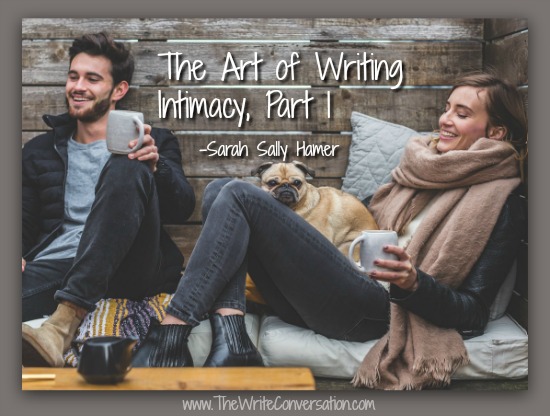Tips for Writing Powerful Scenes

by Sarah Sally Hamer @SarahSallyHamer Isn�t that what we all strive for? We all want the ability to write a scene that engulfs our reader with cathartic emotion, one that makes them laugh or cry, and hopefully, read the next one, right? A scene that is so powerful that we want to run to the top of Rocky�s steps and hold our arms up in jubilation? Of course we do! So, how does it work? I�m standing on the shoulders of giants here. Dwight Swain, who wrote Techniques of the Selling Writer , and Jack Bickham, Scene and Structure, almost invented the method, and I sat at their feet. Well, I actually met Swain and talked to Bickham on the phone, but I�ve read every word of their books. These two men really understood the structure of powerful scenes and break it down for us in a way that can be duplicated with a little hard work and a lot of practice. But once you get used to it, it�s an amazing tool for powering up that weak-kneed scene. There are two basic parts of a great...



